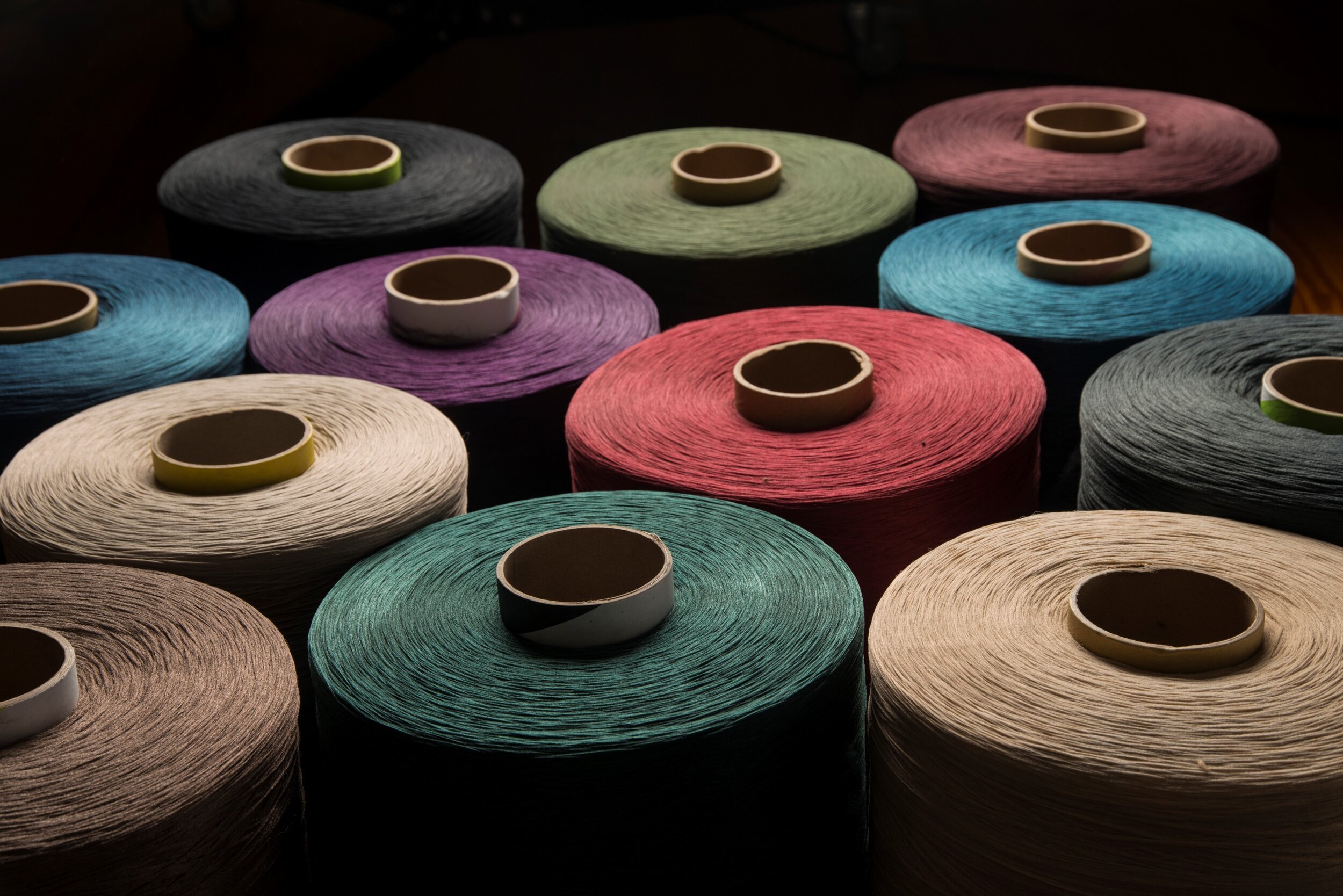Understanding Design Systems: Linear, Recycling and Circular
Our approach to business has always been to encourage systemic change within the design industry, to move away from an economy based on high volumes of waste.
The default position for design and manufacturing is predominantly a linear system (use & dispose) built upon aggressive consumption, which has a profound impact environmentally & socially. This model of consumption inevitably leads to deforestation, loss of habitats, resource scarcity and pollution. Interior design is a significant contributor to this problem, as it relies on ‘churn,’ i.e. replacing the old with new.
Companies are increasingly keen on addressing the environmental and social problems embedded into the design industries way of working, but unless we tackle the systemic issues running through how we design, construct, use, and dispose of goods, very little will change.
We must understand the three systems of production in play when it comes to design and manufacture: the linear system, the recycling system and the circular system. This simple but fundamental understanding is a critical part of the solution. So what are they, and why are circular strategies better than linear ones?
Linear System
A linear system is the worlds typical model of production and consumption, where materials are manufactured into goods, which are used/consumed and eventually discarded as waste in landfills or incinerators. This system produces high levels of waste, but it is also a significant contributor to resource depletion.
It is also worth noting that high volume, low-cost production, based on a linear system, often relies on exploited labour markets and poorly regulated production. This can lead to human rights abuses and environmental damage, i.e. reduced air quality and water pollution.
Recycling System
A recycling system is where materials are reused to make new materials or objects. While recycling is to be encouraged and is a vast improvement of the linear system, it is not a viable long-term strategy for the following reasons:
In many cases, materials are recycled in a way that prevents them from being reused a third time. Effectively, recycling can become an elongated form of the linear system.
Materials tend to degrade when they are recycled, reducing quality.
Recycled material can have higher levels of toxicity than virgin material due to previous industrial processes.
The traditional approach to sustainability is to reduce consumption and to reuse (recycle). While this is helpful in the short term, it is not a credible long-term plan. In a linear system or a recycling system, we are continually creating large volumes of waste, and the objective should be to reduce and eventually eliminate waste.
Circular System
In a circular system, we consider the entire lifecycle of a product, ensuring materials are used again and again or integrated back into the natural world through decomposition, providing nourishment for future plant growth. Designing in a circular way reduces demand on resources, reduces material going to landfill, and incentivises the production of clean, reusable materials. We no longer think of used products as waste or a burden on the environment but material with positive future uses.
While a linear system and a recycling system both have a beginning and an end – converting material to waste. A circular system – or closed-loop system – is intended to mimic the cycles of nature so that material is processed, used and returned to the beginning of the system – eliminating waste.
Working with a circular approach brings the following benefits:
Less demand on our natural resources
Reducing material in landfills and incinerators
Supporting positive labour markets
Cleaner products and production
A circular approach requires collaboration along the supply chain; therefore, we aim to work with other companies that work in a similar way, including suppliers, manufacturers, contractors and consultants. By collaborating closely to keep materials in a closed-loop, we can create a circular future that reconnects design with nature.

